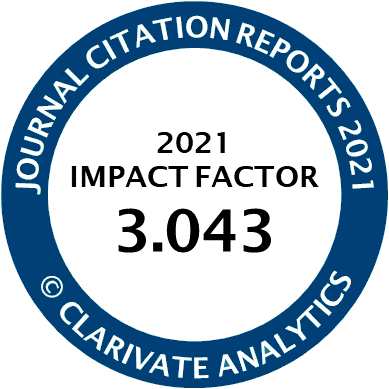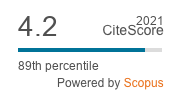Article | Open Access
Transforming Disinformation on Minorities Into a Pedagogical Resource: Towards a Critical Intercultural News Literacy
| Views: | 364 | | | Downloads: | 171 |
Abstract: Intercultural competence and diversity awareness are relevant to handling “fake news” related to minorities and migrants, thus preventing “othering” and stereotyping of vulnerable populations. Teachers and schools can play a central role in preventing the spread of far-right ideologies and the dissemination of false information and hate discourse. For that, bringing together intercultural competence and news literacy, conceptualised as “critical intercultural news literacy,” is needed to navigate disinformation related to minorities and their connection to polarising themes. In this article, we focus on false or misleading information published on online platforms that brings together two salient topics: the Covid-19 pandemic and minorities. We discuss the issues of concern around the transformation of such material into a didactic resource for the school context and we question whether such practice can (paradoxically) lead to reinforcing or reproducing its undesirable content, i.e., to the othering of school populations that are targeted by false or manipulative information. This leads us to discuss potential problems associated with the pedagogical use of false information by teachers and, in resonance with the theme of this thematic issue, we claim that inclusive media education should also be an education for diversity and inclusion, through the development of critical intercultural news literacy.
Keywords: critical intercultural news literacy; disinformation; intercultural competence; media literacy; news literacy
Published:
© Sílvia Melo-Pfeifer, Helena Dedecek Gertz. This is an open access article distributed under the terms of the Creative Commons Attribution 4.0 license (http://creativecommons.org/licenses/by/4.0), which permits any use, distribution, and reproduction of the work without further permission provided the original author(s) and source are credited.



